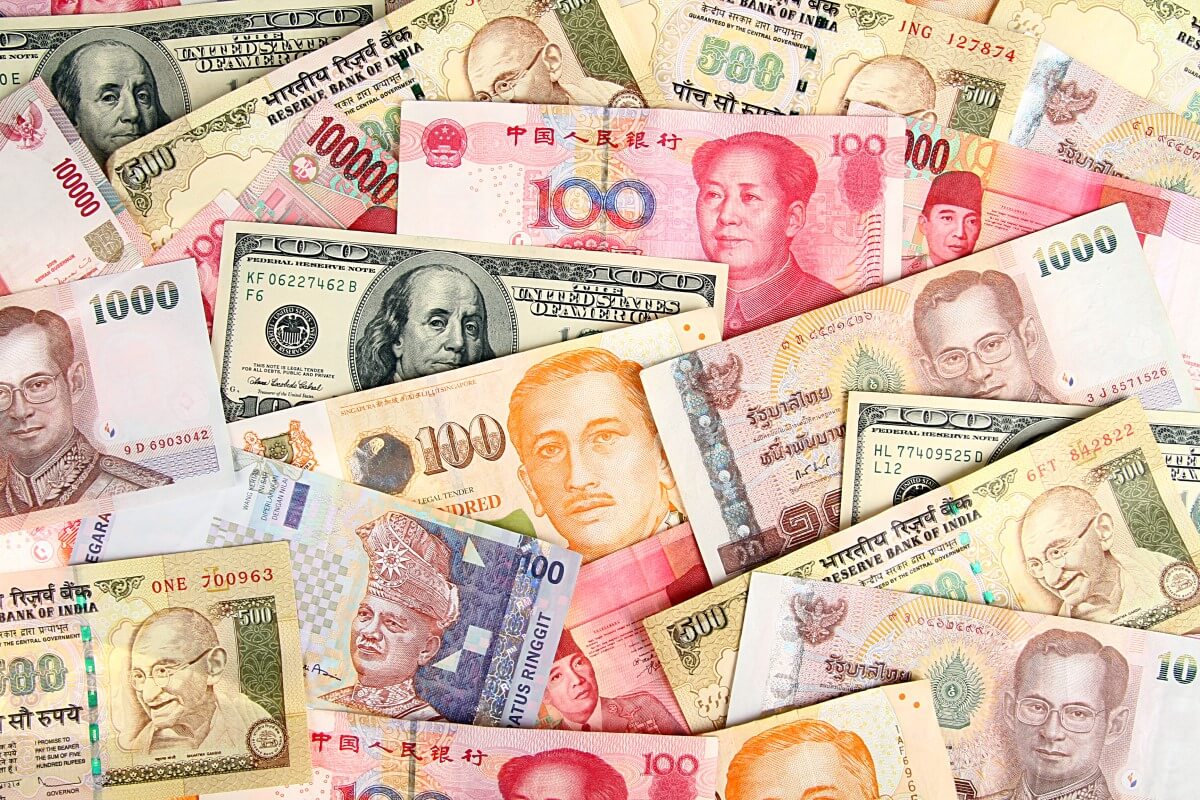
Riskier Currencies Rallied on Tuesday. What about the Dollar?
Risk-on currencies surged forward on Tuesday after U.S. President Donald Trump accepted the start of a transition to a Biden administration. Investors expect former Federal Reserve Chair Janet Yellen to become Treasury Secretary.
Trump planned to continue legal challenges concerning the election’s results. However, he has recently agreed with the head of the General Services Administration to proceed with a transition to a government led by President-elect Joe Biden.
According to Democratic allies in the Biden campaign, Yellen will face nomination to become Treasury Secretary. This news heartened investors as she has suggested increased government spending to boost the economy after the coronavirus induced recession.
Chris Rupkey, the chief financial economist at MUFG Union Bank in New York, noted that one thing is for sure – there likely won’t be as many Fed-Treasury spats.
U.S. Treasury Secretary Steven Mnuchin stated last week that some of the Fed’s lending programs would expire at the end of this year. That statement opened a feud with the Fed. That agency declared that those emergency facilities are important to support the U.S. economy.
How did the Australian dollar and Kiwi fare?
The Australian dollar soared by 0.4% to $0.7313. Furthermore, emerging market currencies such as the South African rand and the Mexican peso also increased by about 0.4%.
Meanwhile, the New Zealand dollar surged forward by as much as 0.9%, hitting a two-year high of $0.6985 also after the government asked for advice from the Reserve Bank of New Zealand. In fact, the authorities wanted help to stabilize property prices, causing traders to unwind wagers of more monetary easing.
The U.S. dollar was firmer against the safe-haven Japanese yen and the Euro. The yen exchanged hands at 104.49 per dollar after tumbling down by about 0.6% overnight while the Euro plummeted down to $1.1844 on Monday. That boosted the dollar index to 92.463, higher from Monday’s low of 92.013, its lowest since Sept. 1.
Kyosuke Suzuki, director of the forex at Societe Generale, stated that the apparent strength of the U.S. data was good for the dollar. However, Suzuki added that the greenback’s downtrend would probably continue considering the U.S. as running huge fiscal and trade deficits.
Moreover, in Europe, the British pound remained near a 12-week high against the greenback, and a six-month high versus the common currency, bolstered up by bets that Britain and the European Union would agree on a Brexit trade deal.
The Sterling set at $1.3330, hitting a high of $1.3396 on Monday. It traded at 0.8887 against the Euro, near its six-month high reached about two weeks ago.
-
Support
-
Platform
-
Spread
-
Trading Instrument




